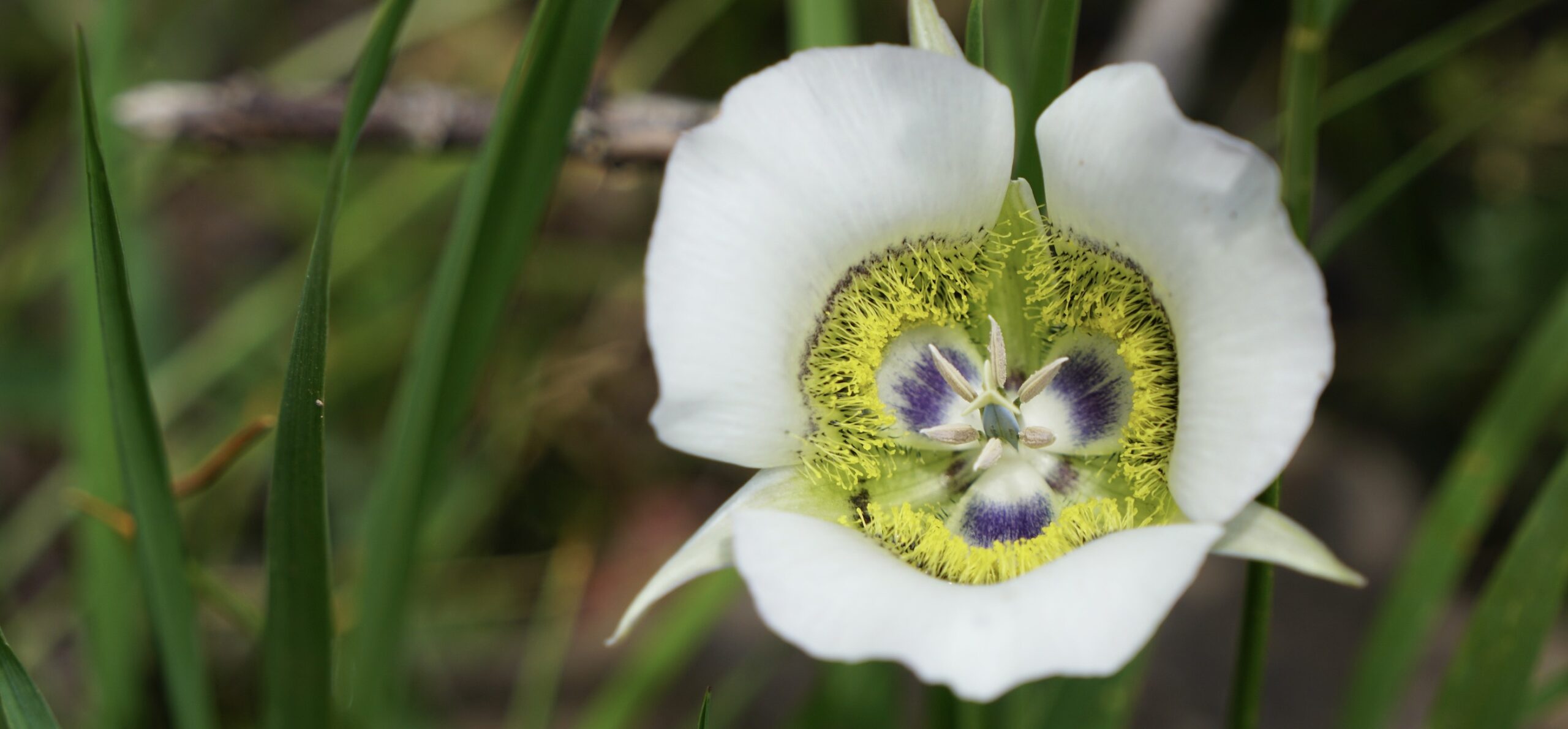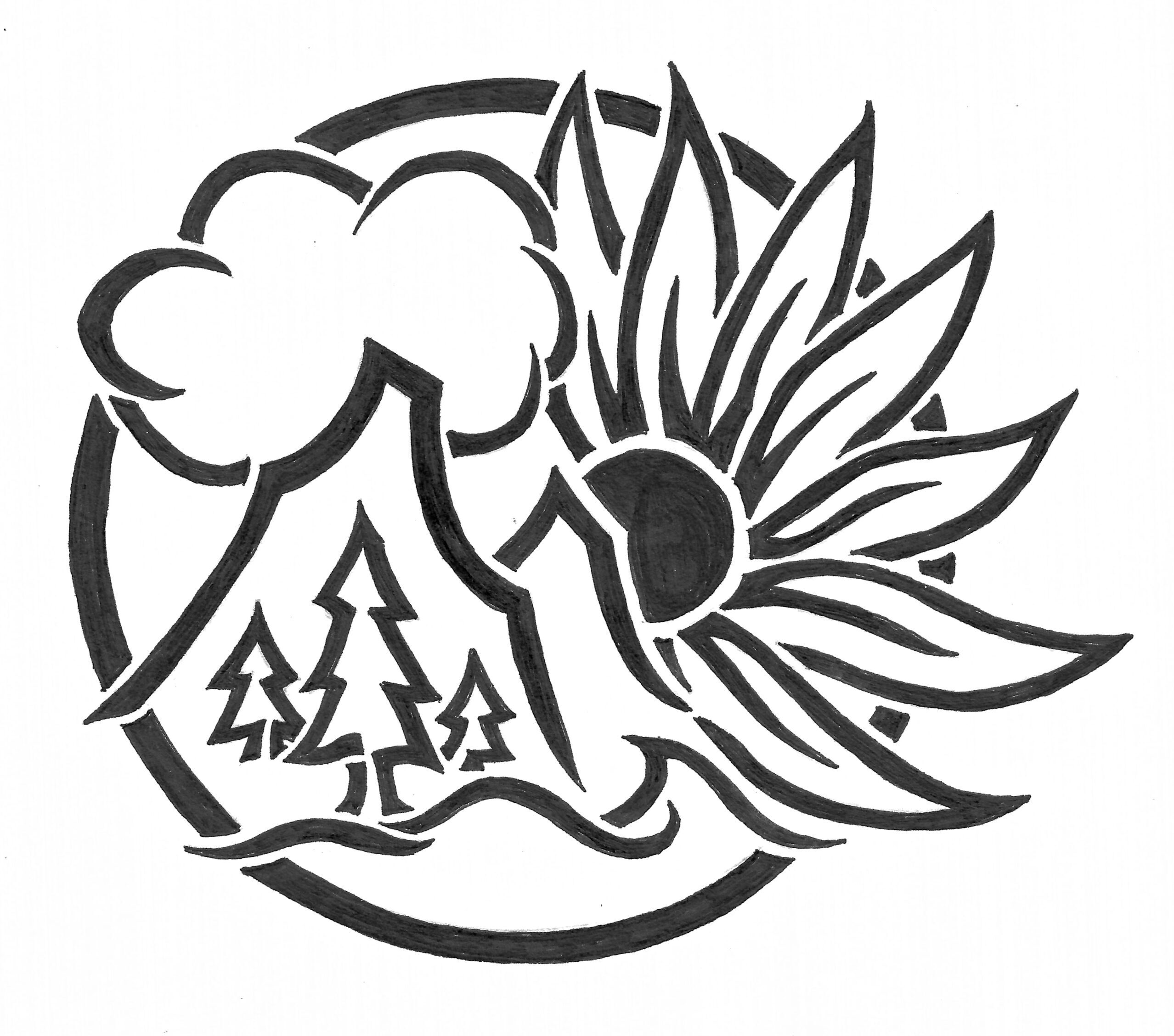Where I Shine
Relational Healing
At the heart of my work, and for as long as I can remember, I’ve been a bridge-builder…
seeking and desiring to promote harmony in relationships, whether that was within myself, between others, or more broadly with the natural world. My references on this website to “inner and outer landscapes” emphasizes that my approach is about growing our inherent capacity to foster healthy relationships (1) within ourselves (for example, between parts of ourselves and our life experiences we may have historically distanced ourselves from, avoided, or “covered up”) as well as (2) in our relationships with the other important people in our lives. Earlier in my personal and professional journey I came to understand that the top-heavy strategies of recognizing and rewriting the unhealthy aspects of our inner stories and beliefs, while important, is but a fraction of what supports our healing and recovery. As a consequence, I embraced attachment, mindfulness and somatically oriented approaches that taught how to deeply attune to the sensory, bodily, and emotional experiences that often underly such narratives and thereby promote a more foundational shift. My own healing/recovery and that of my clients was accelerated as a result. Furthermore, I have trained in systemic approaches to therapy that focus on understanding the relationship dynamics or dances both within ourselves and between people. Just like in relationships to people, we have parts of ourselves that are more dominant/assertive and others that are submissive or passive. It is often the case, both within and without, that the dominant parts or people need to learn how to step back, to listen, and make receptive space, while the submissive and passive parts/individuals find their voice, speak up and assert the needs which have been disregarded, minimized or denied. It is this recurrent process which promotes harmony, by creating mutual respect and a more healthy balance of power wherein we recognize the wisdom and contributions as well as any wounds and struggles within our inner and outer mosaic.
Transgender and Gender DIVERSE People & Their Families
“If you shut up truth, and bury it under the ground, it will but grow, and gather to itself
such explosive power that the day it bursts through it will blow up everything in it’s way.”
~ Emile Zola ~
I lived for decades as “angrodynous”, and what has only recently come to be known as non-binary, until I eventually came out as transgender. As a result I have a deeply personal connection and strong desire to be of service to help fellow non-binary and transgender people with their negotiating the challenges inherent with living in a cisgender society wherein many of it’s members are at best ignorant and at worst stigmatize, demonize and threaten them for who they are and how they show up in the world. In addition to working with the trans or non-binary individuals themselves, I also deeply value supporting the parents of trans and non-binary children as they negotiate their own emotional process and determine how best to nurture their child’s exploration of their identity and personal evolution.
Veterans & their partners/family
I have 20 years of experience working daily with veterans and the challenges they have as a result both of military cultural conditioning as well as many of the unique experiences they go through. I also have been working with the partners and family of veterans and welcome the opportunity support them in their relationships. Additionally, since approximately 2005 I’ve been regularly providing trainings and education on the unique benefits and complications of military culture for the healing journey for mental health providers and the veteran community at places like the University of Texas, the Central Texas Veteran’s Health Care System, Austin Psychoanalytic and other Austin mental health organizations. While not identical, this experience translates well to (1) individuals working in jobs in law enforcement as well as emergency services (e.g., fire fighters, EMS), due to the strong need to set aside personal feelings and needs for safety, as well as for (2) people raised in family cultures that have traditionally strong masculine values of emotional suppression and the devaluation of vulnerability.
Addictions
“First the pain, then the waiting, then the rising…
and when you skip the pain, you skip the rising.”
~ Glennon Doyle ~
Almost from the outset of my 20+ years of practice I have been working in the area of addictions, particularly related to substance use. In contrast with some in this area that focus on the treatment of addictions alone, I have specialized in the challenging interface between addictions and co-occurring other mental health problems. I fundamentally view addictions as a powerful defense or way to cope that temporarily soothes distress, accentuates pleasure, and helps one access experiences and states they otherwise struggle to find on their own terms. Fundamentally, both research and therapeutic experience have converged to show how the areas people need most help to support recover is with their relationships to others and their own emotional experience. Thus my focus of treatment is on simultaneously strategizing ways to support individuals desired changes related to their addiction as well as learn ways to manage (and eventually heal) their distress and pain, find greater joy, contentment and meaningfulness within themselves and their relationships. I work with people anywhere on the harm-reduction continuum, meaning from those only wanting to make small changes to those wanting to completely abstain.
TRauma & Complex PTSD
Work with addictions required me early on to dive into the depths of understanding trauma and particularly complex post-traumatic stress disorder (PTSD). Having largely worked with veterans, I came to realize that complex PTSD was not just a result of pervasive childhood trauma like abuse and neglect, but could arise from pervasive trauma in adulthood as well. Complex PTSD manifests in an array of troubles including things like fundamental disturbances in one’s ability to connect and build intimate and meaningful bonds with others as well as profound struggles with internally caring for and regulating either the extreme emotional peaks or the frozen, numb, shutdown and dissociative valleys. It is these very experiences that naturally and understandably lead individuals to find ways to externally regulate through a variety of powerful addictive behaviors including alcohol, drugs, sex, gambling, exercise, extreme sports, etc. I take a phased approach to treating trauma that respects the spectacular sensitivity of the wounds and humanely and gradually builds resiliency by learning how to find regulation with increasingly more challenging aspects of our life experiences before we eventually turn our attention to facing the “hornet’s nest” of the original traumatic events and how they’ve embedded themselves in one’s body and psyche.

Marginalized communities
Due to my own personal and professional journey, I have come to understand and respect the pervasive hardship and trauma experienced by certain marginalized communities. Consequently, I am deeply invested in helping others explore and heal from the ways in which families, cultural groups, and the larger society have pressured them to conform to certain “norms” that are incongruent with their natural identities.
The imposition of alien ways of (1) relating to ourselves and (2) behaving is a form of erasure or denial of our natural “truth,” which can be a source of serious and overlooked suffering. I am particularly invested and have considerable experience working with the LTBTQIA+ community as well as in areas around race, ethnicity and spirituality.

